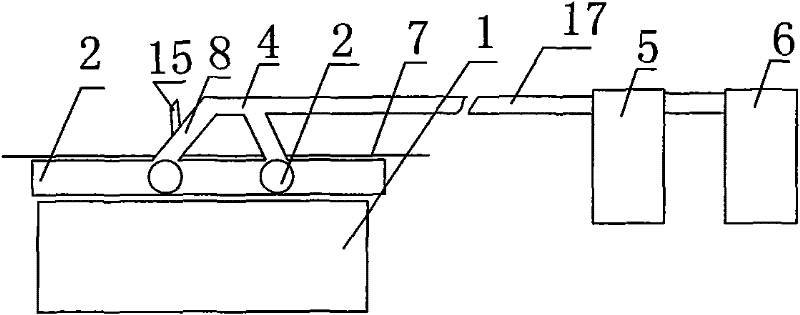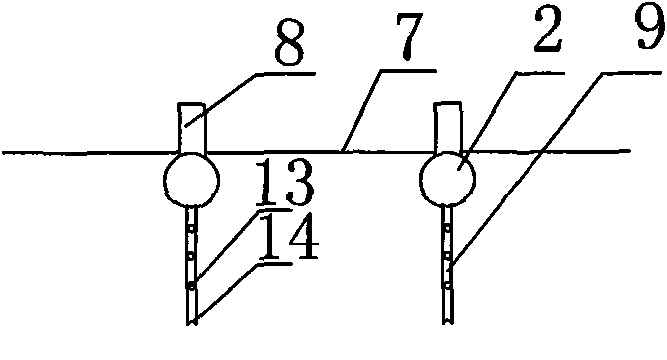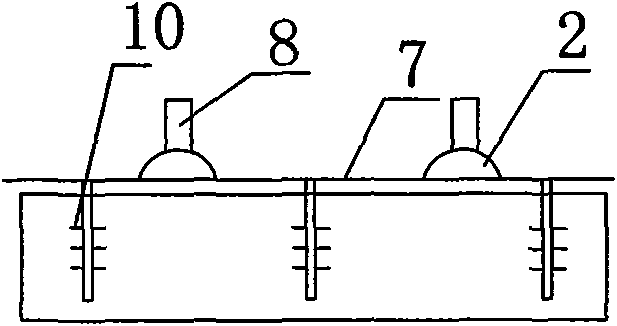Negative pressure sealing drainage device of surface wound tissue
A wound and body surface technology, applied in wound drainage devices, suction devices, etc., can solve problems such as loss of elasticity and moist environment of porous foam cushions, weakened treatment effect of VSD system, and inability to meet the problems of water permeability, ventilation, and metabolism of healthy skin at the same time. , to prolong the time of maintaining elasticity and moist environment, which is beneficial to wound healing and is not easy to block the tube.
- Summary
- Abstract
- Description
- Claims
- Application Information
AI Technical Summary
Problems solved by technology
Method used
Image
Examples
Embodiment Construction
[0045] The implementation of the present invention will be described in detail below in conjunction with the accompanying drawings, but they do not constitute a limitation to the present invention, and are only examples. At the same time, the advantages of the present invention will become clearer and easier to understand through the description.
[0046] Referring to the accompanying drawings, it can be seen that the body surface wound tissue negative pressure sealing drainage device of the present invention includes a porous foam cushion 1 in contact with the body surface wound, a drainage tube 2 with side holes, a sealing film 3, a joint 4, and a drainage container 5, Negative pressure source 6, it also includes adhesive film 7 and lead-out pipe 8, described adhesive film 7 is positioned at the top of porous foam cushion 1, and the opening direction of side hole on drainage tube 2 is in contact with porous foam cushion 1, and described The outlet tube 8 communicates with th...
PUM
 Login to View More
Login to View More Abstract
Description
Claims
Application Information
 Login to View More
Login to View More - R&D
- Intellectual Property
- Life Sciences
- Materials
- Tech Scout
- Unparalleled Data Quality
- Higher Quality Content
- 60% Fewer Hallucinations
Browse by: Latest US Patents, China's latest patents, Technical Efficacy Thesaurus, Application Domain, Technology Topic, Popular Technical Reports.
© 2025 PatSnap. All rights reserved.Legal|Privacy policy|Modern Slavery Act Transparency Statement|Sitemap|About US| Contact US: help@patsnap.com



